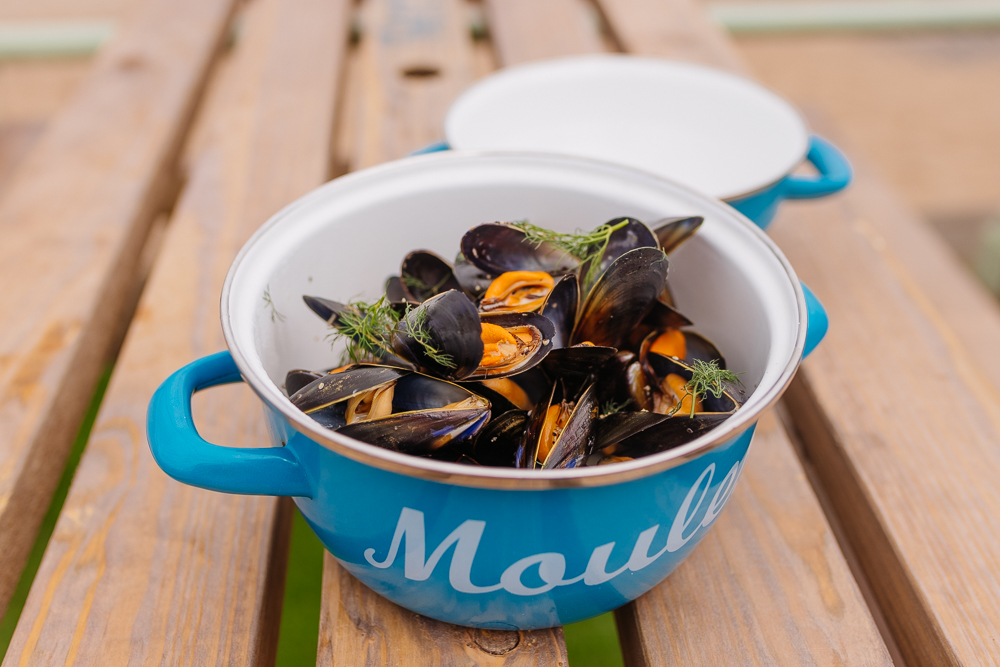Seafish levy review
This page has information on:
Following industry feedback, the Seafish Board undertook an informal ‘non-statutory’ consultation on proposed changes to the levy during March and April 2023. These proposed levy changes included increasing levy rates for existing species, applying an annual uplift, and including imported canned, bottled, and preserved products in the levy.
The Seafish Board then held a statutory consultation on proposed changes to the levy system. The consultation ran from 15 May 2024 until 9 August 2024. We will collate the data and share the next steps in due course.
The Formal Consultation Paper (available in Welsh and English), the draft Regulation, and an Economic Impact Assessment can be downloaded below:
If you would like to request further information please contact SeafishLevyReview@seafish.co.uk.
The proposed changes to the Seafish levy include:
Levy rates
The current sea fish levy rate of 0.903p/kg will be increased to 1p/kg. This levy will be renamed the "Category 1" levy. This will mean that for around 90% of species the levy rates would increase by 10%.
Pelagic species and cockles, mussels and whelks have always had a lower levy rate, and this will continue. We also need to ensure levy rates are fair for all businesses so these rates will also increase. Levy rates for mussels, cockles, and pelagic fish (as defined in regulation) will increase from 0.258p/kg to 0.5p/kg over a three-year period, while levy rates for whelks will increase from 0.4515p/kg to 0.5p/kg. Collectively these rates will be known as the "Category 2" levy.
The levy rates for manufactured fishmeal and ‘fish destined for’ fishmeal will also increase, with manufactured fishmeal increasing from 0.175p/kg to 0.315p/kg and fish destined for fishmeal increasing from 0.0315p/kg to 0.05p/kg.

Levy products
Levy would be due on imported canned, bottled or pouched seafood products containing any levied species. This change is proposed to address the current inequity where products manufactured in the UK attract a levy on the raw material used, but equivalent imported products do not. Our services and products are available to UK businesses that manufacture and import these products, and this makes that access fairer.
Non-levy species
There was strong support to include other species in the levy. However, salmon, trout and other freshwater species are out of scope of the review because they are explicitly excluded under the Fisheries Act 1981.

Annual adjustment
The Board is proposing that an annual adjustment will be implemented. This will be determined by reference to the Consumer Price Index (CPI) but capped at 2% per annum. Levy rates would be set at CPI if CPI is under 2%, but would be set at 2% if CPI was tracking above that cap.
The amended levy rate would be set each February, based on the average CPI for the previous 12 months up to the end of September, and would apply from 1 April of the same year.
This annual adjustment would apply each year, including to the staged increases for Category 2 species in Years 2 and 3.
Administration
The Board is also proposing some administrative improvements in how the levy system operates and in how levy is collected. These changes include:
- Implementing a de minimis amount meaning if the levy due is less than £100 per year, a business will be exempt from paying. We estimate that 22% of current levy payers would benefit from this change and will no longer need to pay levy. The purpose of this change is to reduce the payment and reporting burden for those businesses that incur a small levy charge annually, and to make it more efficient to administer the levy system.
- Requiring levy payers to provide information on the species on which the levy is due, and the origin of the species – domestic or imported including country of origin. The purpose of this change is to ensure that there is accurate and accessible information available to allow Seafish to audit businesses to determine the levy that is due. A secondary benefit is that this information will provide further data to support the Economic and Trade analysis that Seafish produces to support business decision making and government policy. This information is not readily available elsewhere.
An increase in levy will mean that Seafish can continue to work to support the UK seafood industry and increase our support in the areas that businesses have told us are important.
This added support will include:
- Dedicated on the ground fishing safety advisers to support the UK fishing fleet.
- Greater capability to support businesses to tackle labour issues, whether that is recruitment challenges or addressing welfare and ethical issues across the supply chain.
- More international trade shows, and additional resources to (1) assist businesses in overcoming trade barriers and (2) to produce trade analysis to support decision making.
- A fully funded dedicated fisheries management team that facilitates industry involvement in fisheries management decision making and provides the analysis and advice to support changes to be made.
- Additional expertise to help businesses across the supply chain to respond and adapt to the climate change emergency.
- Additional capacity to proactively support the industry to challenge misinformation on issues affecting industry reputation and in turn consumer demand.
- Greater ability to fund and progress research projects to address issues across the supply chain.
- Assisting seafood businesses to respond to emerging issues; geopolitical or economic events, environmental issues, or consumer issues that influence demand.
- Providing additional economic analysis expertise to respond to industry queries and policy changes.
- Expanding our Geographical Information System team to offer stakeholders a spatial analysis service to help with decision making and with engagement on how the marine environment is used, managed, and conserved.
Our 2023-2028 Corporate Plan outlines what industry have asked us to deliver over the next five years, dependent on the levy increase.
Once this formal consultation process concludes it will be up to Ministers to make the final decisions on the levy changes. We do not yet have a timeframe for when Ministers will reach a decision, but we will give businesses as much notice as possible before any changes come into effect so that they can plan ahead.
For any questions or queries about the levy consultation, please get in touch by emailing SeafishLevyReview@seafish.co.uk.